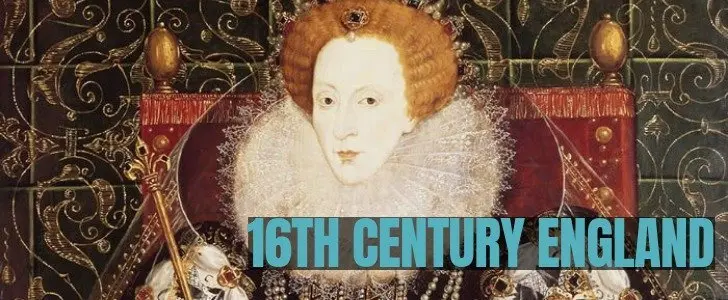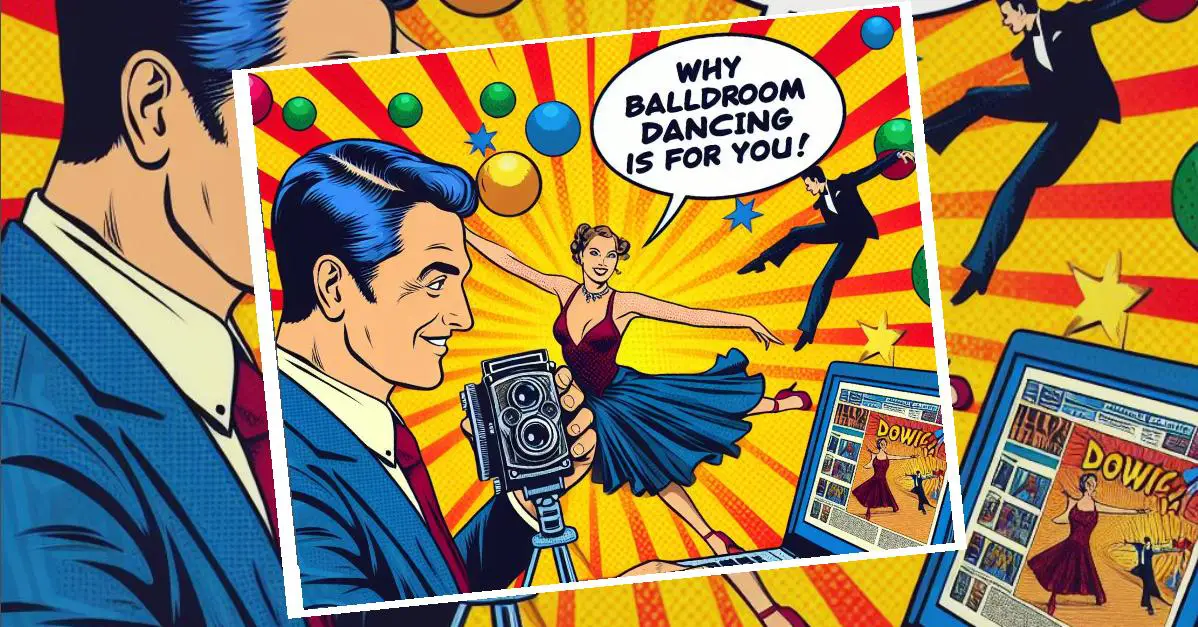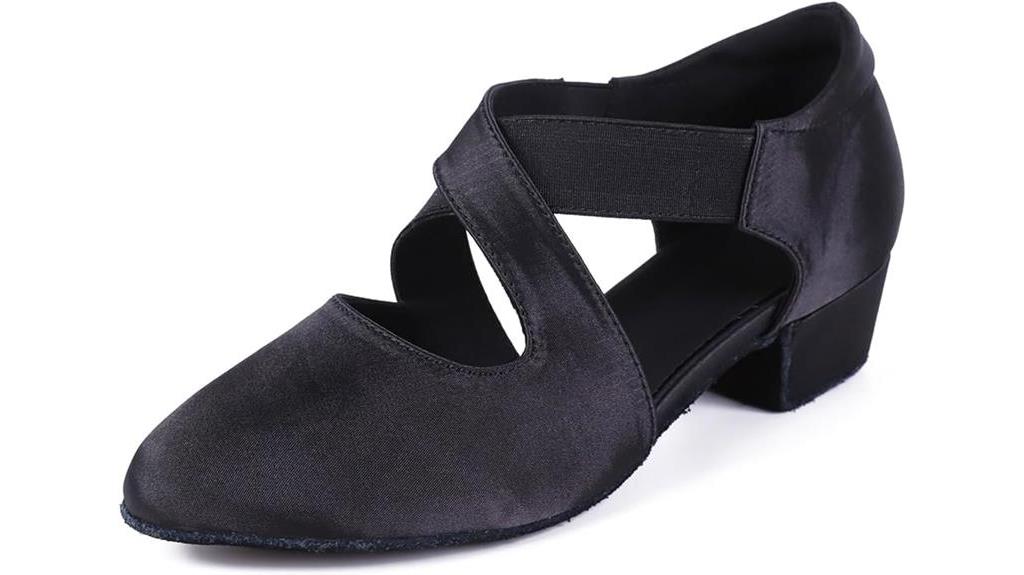There are many types of dance, but few are as popular and well-known as ballroom dancing. But where did ballroom dancing originate? And how did it become so widespread?
In this blog post, we’ll take a look at the history of ballroom dancing and some of the most notable dances that have been popular over the years.
We’ll also discuss why ballroom dancing remains so popular today. So if you’re curious about the origins of this iconic dance form, read on!
Where Did Ballroom Dance Originate?
Ballroom dancing originated in the late 17th century in Europe. It was initially used as a way of socializing and courtship.
However, over time it has become a widely enjoyed form of dance entertainment and pastime.
While it retains some of its original elements, ballroom dancing has also evolved to incorporate various styles from around the world.
Honestly, it is surprising how diverse the scope of ballroom dancing is.
Needless to say, folks often say that everything has its own humble beginnings.
And here, we will talk about the humble beginnings of ballroom dance.
First of all, the etymology of ballroom dancing came from the Latin word ballare, which means to dance.
Let us take a closer look at how it came to be through this timeline.
Ballroom Timeline:

16th Century England
Originally, people from England would use ballroom dance to express love, courtships, exercises, beliefs, traditions, and even religions.
Those were the foundations of ballroom dancing back in the 16th century.
Later on, the audiences were divided into two:
The not-so-privileged people or the commoners, and the aristocrats and royalties.
Ballroom dancing during this century was limited to galliarde, pavane, and livelier brande.
Shakespeare even popularized them in his famous stage dramas.
People from today might not be familiar with it, but that’s where it started.
Apparently, Shakespeare is not the only one who made this popular across Europe.
Even King Louis XIV had his own part in that he really loved the arrival of Minuet. In fact, he even danced to the rhythm of it.
With so much passion, he built a special school for dancing called Academie Royale de Musique et de Danse.
This school became the home of great professionals.
They have developed new steps to please King Louis XIV.
The dance later on, became popular as ballet.
18th Century England
During this time, and for some obvious reasons, the passion for dancing spread like a contagious disease with no cure.
By this time, everyone was in love with dancing, but not everyone loved the way it was being done.
Some people from the aristocrats and royalties complained about the involvement of physical touch.
This is the very reason why ballroom dances such as polka, schottische, and mazurka were made.
Because of them, we get to choose from different genres of ballroom dancing now.

20th Century Revolution across America
Welcome to the 20th century, where both the revolution and evolution became evident!
People from the lower and middle classes fought for their passion.
They did things independently, even if aristocrats and royalties would sometimes limit them!
Yup! By this time, dances are no longer that slow.
In fact, dances were done with full energy, fast motions, and many independent moves.
The ballroom dances became so famous that even neighboring countries have managed to add their own cultural touch to it.
Cuba has its own cha-cha; Brazil has samba; Latin America has tango; America has the American swing!
These dances may be completely different from those from the 16th century, but they still greatly impact dancing enthusiasts.
21st Century Worldwide
This was the century when ballroom dancing became a sport too. That’s right!
People wanted to be recognized for their hard efforts, so competitions and organizations were built.
Competition is healthy.
Ballroom dancing did not inject a sense of envy as to who may be the best, but the dancesport allowed dancers to be contented with their skills and driven enough to learn more and do better.
The Legacy of Dancing
Ballroom dancing has been through a long journey.
Who would have thought the dances intended for religious ceremonies or cultural traditions would be why people today enjoy them?
We owe it big time to those who contributed to popularizing it.
Without them and their passion, there will be no ballroom dancing today.
Ballroom dancing made it possible for countries to have their national identity.
Just by hearing the music beat, you’ll easily know if it’s a waltz, polka, cha-cha, Samba, American swing, tango, or rumba.
A tourist or an avid learner can easily tell which country is associated with that beat and ballroom dance style.
Ballroom dancing also did give a lot of opportunities over time.
We are not just talking about the opportunities to develop new sets of skills and talents, but we are also talking about the fact that ballroom dancing is a job and income generator.
Thanks to ballroom dancing, dance instructors can prove there’s money in doing what they love.
Thanks to ballroom dancing, lessors earn by allowing people to create their own dance studios.
Thanks to ballroom dancing, cleaners would have jobs as they clean the dance studio after it is used.
Ballroom dancing did not only contribute to the economy.
It also gave people that sense of achievement they are longing for.
Imagine all the time and devotion people gave to master ballroom dancing; they sacrificed a lot to be recognized.
And now, it is clear that their hard work has paid off.
Frequently Ask Questions (FAQ)
Who invented ballroom dancing?
The origins of ballroom dancing can be traced back to the European courts and social gatherings of the 16th and 17th centuries. However, it wasn’t a single individual who invented ballroom dancing but rather a gradual evolution of various dance forms and styles over the centuries.
As we know it today, ballroom dance emerged from the blending of traditional folk dances, courtly dances, and influences from different cultures.
These dances were refined and formalized during the 19th and early 20th centuries, leading to the establishment of the modern ballroom dance styles we now enjoy, each with its own set of rules, techniques, and character.
Where was ballroom dancing invented?
In its early forms, ballroom dancing emerged in the royal courts and aristocratic societies of Europe during the 16th and 17th centuries. The precise location of its invention is difficult to pinpoint, as the evolution of ballroom dancing involved contributions from various countries and cultures across the continent.
Different European regions, such as France, England, Italy, and Austria, played significant roles in shaping the early ballroom dances. Over time, these dances spread throughout Europe and beyond, becoming a cherished social and cultural tradition enjoyed by people worldwide.
Where did dance originate from?
The origin of dance dates back to ancient times and is deeply rooted in human history and culture. It is believed that dance originated as a form of expression and communication long before recorded history.
Early humans used movement, rhythm, and gestures to convey emotions, celebrate events, and worship deities. Archaeological evidence suggests that dance rituals were integral to ancient societies, including those in Africa, Asia, the Americas, and Europe.
As communities evolved, dance also served as a way to bond socially, tell stories, and pass down traditions. Throughout history, dance continued to evolve, giving rise to a diverse range of dance forms and styles across the globe.
Is ballroom dance originated in Europe and the United States of America?
Yes, ballroom dance originated in both Europe and the United States of America. In Europe, ballroom dancing has its roots in the royal courts and aristocratic societies of countries like France, England, Italy, and Austria during the 16th and 17th centuries.
These dances were later refined and formalized in the 19th and early 20th centuries. In the United States, ballroom dance gained popularity in the early 20th century and became a significant part of social gatherings and entertainment.
Today, ballroom dance continues to be practiced and enjoyed in various forms and styles worldwide.





Leave a Reply